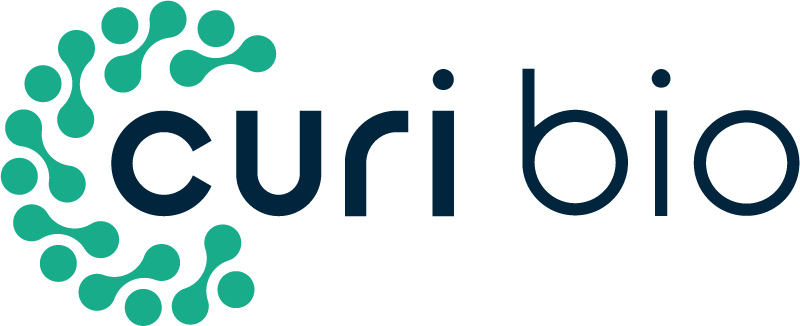Combining stretching and gallic acid to decrease inflammation indices and promote extracellular matrix production in osteoarthritic human articular chondrocytes
Author(s): Haneen A. Abusharkh, Olivia M. Reynolds, Juana Mendenhall, Bulent A. Gozen, EdwinTingstad, Vincent Idone, Nehal I. Abu-Lail, Bernard J. Van Wie
Abstract
Osteoarthritis (OA) patients undergo cartilage degradation and experience painful joint swelling. OA symptoms are caused by inflammatory molecules and the upregulation of catabolic genes leading to the breakdown of cartilage extracellular matrix (ECM). Here, we investigate the effects of gallic acid (GA) and mechanical stretching on the expression of anabolic and catabolic genes and restoring ECM production by osteoarthritic human articular chondrocytes (hAChs) cultured in monolayers. hAChs were seeded onto conventional plates or silicone chambers with or without 100 μM GA. A 5% cyclic tensile strain (CTS) was applied to the silicone chambers and the deposition of collagen and glycosaminoglycan, and gene expressions of collagen types II (COL2A1), XI (COL11A2), I (COL1A1), and X (COL10A1), and matrix metalloproteinases (MMP-1 and MMP-13) as inflammation markers, were quantified. CTS and GA acted synergistically to promote the deposition of collagen and glycosaminoglycan in the ECM by 14- and 7-fold, respectively. Furthermore, the synergistic stimuli selectively upregulated the expression of cartilage-specific proteins, COL11A2 by 7-fold, and COL2A1 by 47-fold, and, in contrast, downregulated the expression of MMP-1 by 2.5-fold and MMP-13 by 125-fold. GA supplementation with CTS is a promising approach for restoring osteoarthritic hAChs ECM production ability making them suitable for complex tissue engineering applications.
Keywords
Articular cartilage tissue engineering, Chondrocytes, Collagen, Cyclic tensile stress, Gallic acid, Glycosaminoglycan, and inflammation
